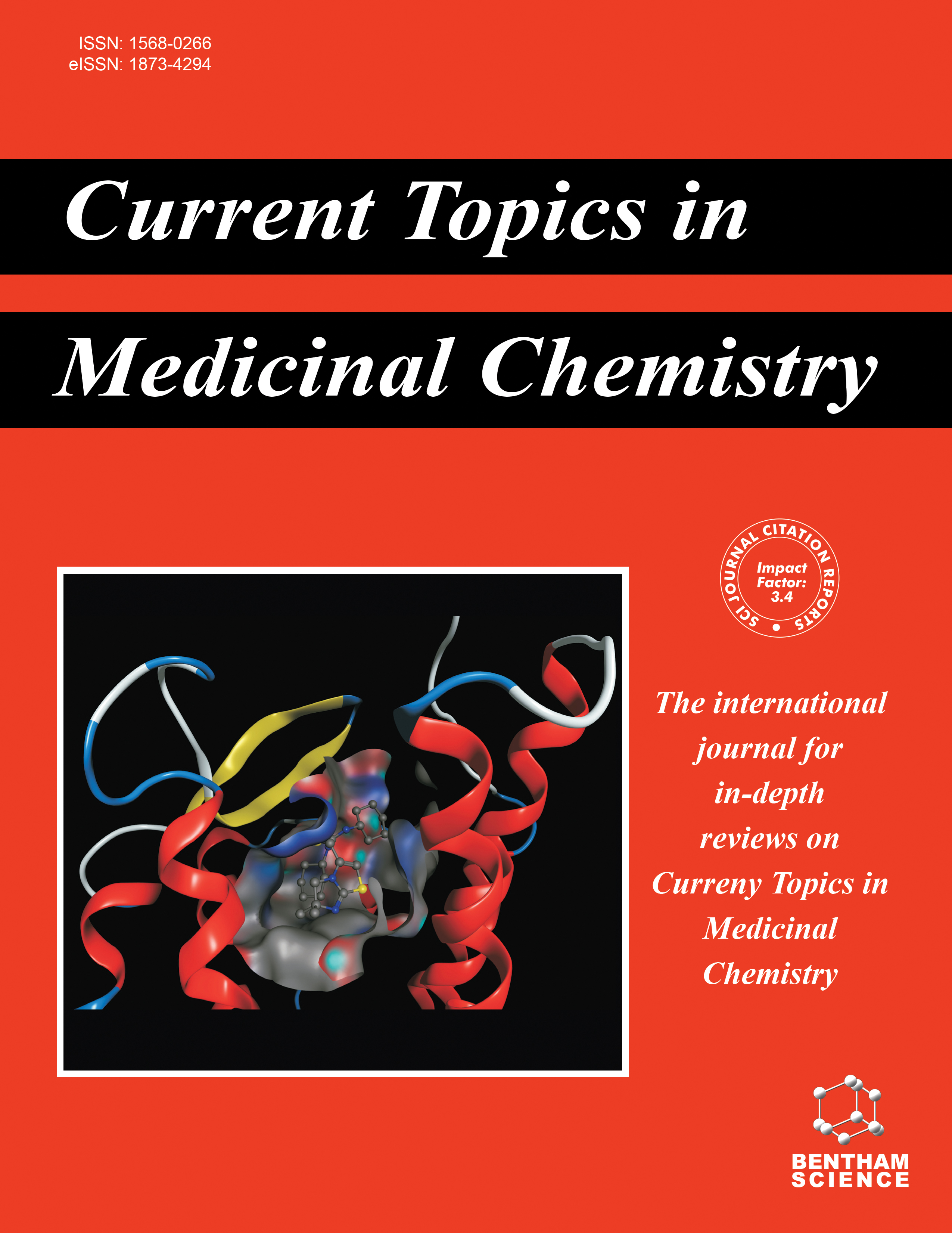-
oa Editorial [Hot topic: Natural Antioxidants and their Derivatives:Biology and Clinical Application (Guest Editors: Thea Magrone, Yoshio Kumazawa & Emilio Jirillo)]
- Source: Current Topics in Medicinal Chemistry, Volume 11, Issue 14, Jul 2011, p. 1750 - 1751
-
- 01 Jul 2011
- Previous Article
- Table of Contents
- Next Article
Abstract
This special issue of Current Topics in Medicinal Chemistry is based on the elucidation of various mechanisms of action of antioxidants present in human diet and on their potential use for attaining a healthy status. The highlights of this topic are illustrated in the next paragraphs. Puertollano and associates point out the ability of dietary antioxidants to modulate the immune response under antigenic pressure. Macrophages (Mφ) and polymorphonuclear cells (PMN) in the course of a given inflammatory event produce free radicals and H2O2 as defence against invading pathogens. Production of reactive oxygen species (ROS) by activated phagocytes needs to be counterbalanced by antioxidant nutrients in order to maintain the immune homeostasis in unfavourable conditions for the host, e.g., infections. In particular, vitamin E, vitamin C, β-carotene, copper, iron and zinc (Zn) are able to improve Mφ and PMN functions in the course of pathological circumstances such as sepsis. In addition, further studies are required in order to determine the levels of supplemented antioxidants in groups of individuals such as aged people and smokers for optimizing their effects on multiple biological system. Kawaguchi and associates emphasize the role of polyphenols, contained in natural sources, on tumor necrosis factor-α related diseases. In particular, supplementation of hydroxytyrosol, tyrosol and oleouropein and naringin (olives), hesperidin (Citrus fruits), resveratrol, procyanidins, and oligomeric procyanidin (grapes or grape seed extract), (-)-epigallocatechin gallate (green tea) and quercetin (grapes, green tea) seems to attenuate the severity of chronic diseases such as type 2 diabetes, rheumatoid arthritis and inflammatory bowel disease. In this framework, fermented grape marc from Koshu (K-FGM) (a Japanese grape strain) prepared in the presence of Lactobacillus plantarum was very much effective in KK-Ay mice. In fact, treatment with K-FGM decreases weight gain, abdominal fat, blood glucose and tryclyceride concentration, enhancing levels of adiponectin. Magrone and Jirillo illustrate the effects of dietary polyphenols on cancer, neurodegenerative disease, obesity, metabolic syndrome and atherosclerosis. In particular, polyphenols from an Italian red wine, Negroamaro, are able to activate both innate and adaptive immune responsiveness in an in vitro system. In particular, using human healthy lymphomonocytes red wine polyphenols induce production of nitric oxide (NO), of interleukin (IL)-12 and IL-10 and immunoglobulins (Ig). Taken together, these data suggest that moderate consumption of Negroamaro and absorption of polyphenols may confer protection to the host in terms of anti-atherogenic activities (vasodilation induced by NO), maintenance of the immune homeostasis (IL- 12/IL-10 ratio in equilibrium) and mucosal (IgA) and systemic (IgG) protection against invading pathogens. Bullo and associates focus their review on the healthy effects of Mediterranean diet (MD). In particular, olive oil and nuts are source of potentially oxidized fat which exert important antioxidant properties in major diseases. Nuts and olive oil are rich in phytochemicals and phenolic compounds with high free radical scavenging or metal-chelating capacity. Therefore, they are able to modulate several enzymatic systems involved in the oxidation process. The broadest study conducted to analyze the effect of olive oil consumption on oxidative damage was EUROLIVE (Effect of olive oil consumption on oxidative damage in European populations). The results of this study provide contrasted evidence for recommending olive oil rich in phenolic compounds to improve lipid profile and decrease oxidative damage to lipids and DNA. Another large clinical trial was conducted in the framework of the PREDIMED study. The change in oxidized LDL levels in the group of the MD enriched with virgin olive oil reached significance vs that of the lower fat group (but not vs that of the MD enriched with nuts). Further data on the long term effects of MD enriched in nuts and olive oil will be necessary to support its beneficial role. Hunter and associates report on the healthy properties of kiwifruit. In particular, using extract from twenty kiwifruit genotypes the ability of kiwifruits to exert cytoprotection in response to hydrogen peroxide insult has been evaluated. Results suggest that more hydrophobic components in organic extracts, such as carotenoids and phenolic compounds, contribute to the observed cytoprotective effects. Furthermore, human studies investigating the interaction between kiwifruit and damage from oxidative stress and endogenous levels of antioxidant compounds and enzymes, provide the first steps to understanding the implications of improved antioxidant activity in vivo. However, it remains to be proven whether long-term consumption of kiwifruit provides a health benefit. Serafini and associates raise the question about the identification of biomarkers for evaluating in plasma polyphenol non enzymatic antioxidant capacity (NEAC). Actually, the low decrease of absorption and the complex metabolic pathways of polyphenols in the body does not allow to determine their exact antioxidant contribution. In fact, there is a discrepancy between polyphenol concentration in body fluids and plasma NEAC increase. In acute ingestion studies on healthy subjects evidence exists for a direct role of dietary plant foods in modulating plasma/serum NEAC. However, when long term studies are considered, dietary efficiency is reduced, and other factors such as an endogenous influence of the antioxidant network might play an important role.....


